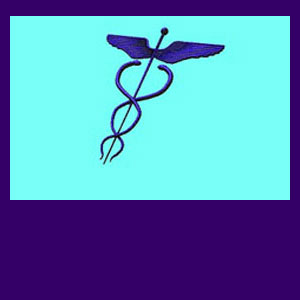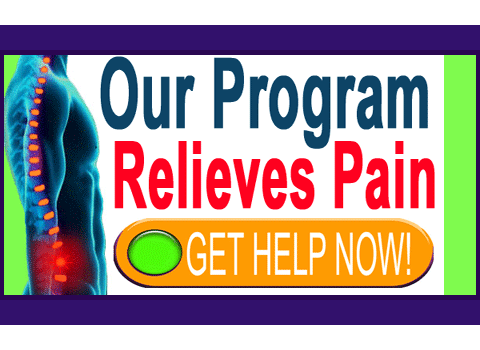
Adult acne, also commonly known as acne vulgaris, is a very common skin disorder that causes breakouts of pimples and red spots on the face and/or body. Acne can be caused by a variety of physical factors and is definitely a condition that can also be induced through stress or repressed emotional issues.
Severe acne can be a contributor to low self esteem, a lack of confidence and a poor self image. Acne is the most common skin condition affecting the majority of people during some stage of life. Acne is also big business within the healthcare system, generating billions of dollars yearly. Although ache is widespread and often linked to psychological factors, few affected people actually do anything to investigate and resolve the causative emotional issues responsible for their unaesthetic complexions. This is ironic, since many people do investigate medical treatments, many of which are costly and some of which demonstrate poor curative results.
This essay is dedicated to providing an impartial look at mindbody adult acne and its potential cure.
Contributing Factors to Adult Acne
The following are all purely physical and anatomical factors that may contribute to the development of acne symptoms:
The menstrual cycle is often linked to skin breakouts in many women.
Hormonal imbalances can create the ideal circumstances for acne to victimize a person at any age.
Certain drugs and steroids can alter bodily chemistry and produce unwanted skin effects, such as severe acne.
Poor skin hygiene can cause the build up of dirt and oils that can clog pores and lead to pimple formation.
Excessive skin sensitivity can result in red patches, blocked pores and general irritation.
Diet may contribute to acne is some cases, although many of the long-held theories about food causation have little merit based on research evidence.
Physical Causes of Adult Acne
Acne is the result of clogged pores and the simultaneous excretion of oils from the sebaceous glands located in the skin. The pores are the tiny openings above hair follicles that help the skin to breathe and release oils.
Sometimes, the normal shedding of skin cells causes pores to block up, creating a reservoir of oils and dead cells that can breed bacteria. These bacteria are responsible for the inflammatory skin reaction that causes pimples and other types of breakouts.
In some patients, the oils seem to be the primary cause of skin blemishes, while in others, the buildup of dead skin cells seem to be the most prominent cause. Regardless, when the natural process of internal skin cleansing is interrupted, blemishes will result.
Treatments for Acne
Dermatologists, cosmetic surgeons and estheticians have profited from the high demand for quality acne care. There are many treatment options available, depending on the exact type of acne suffered, as well as the severity and areas affected:
Prescription pharmaceutical relief is commonplace, including the use of antibiotics in the most severe instances of bacterial overgrowth.
Topical creams, salves and ointments can relieve outbreaks in many patients.
Skin care and cleansing regimens can be custom designed for maximum effect.
Phototherapy and exposure to specific light waves might prevent symptoms.
Surgical scar reduction can treat acne marks left on the skin.
Chemical and acid peels are also good scar therapies.
Various laser treatments can improve skin appearance.
Dietary alterations, including herbal use, are effective for some types of acne.
Psychosomatic Adult Acne
Conscious stress, as well as repressed subconscious issues, can both contribute to the development of an acne breakout. Patients often experience acne symptoms around times of great pressure or emotional turmoil.
Recurrent chronic acne is often an indicator of hidden emotional issues working constantly to create distractive physical symptoms. This is the same process used by the mind in many other psychologically induced pain syndromes.
Like many of these syndromes, there is often one or more physical indicators of the condition that are actually diagnosed as the cause, rather than acknowledging the role of the mind in symptom production. Sure, the skin is suffering the symptoms, but if the mind was not causing the dysfunction, then the skin would not be affected.
Controlling Mindbody Acne
I have been known to get an occasional red mark on my face when I am stressed. To me, it is really a sure warning that something sinister is going on in my mind, beneath the conscious surface. Thankfully, I am not disposed to developing severe acne, since my mind has always sought to express my subconscious issues mostly through my painful back. Even now, when I see a mark on my skin, I know there is something that needs to be emotionally addressed, and upon thinking about it, I always find the issue.
If you have treatment-resistant acne, there is a good chance that the emotional contribution has been overlooked. Physical treatments can be fine to control symptoms, but they will often not stop the condition from recurring.
In the case of psychosomatic acne, knowledge therapy may help to make the mindbody associations needed to actually stop the condition once and for all.
Back Pain > Psychologically Induced Pain Syndromes > Adult Acne





